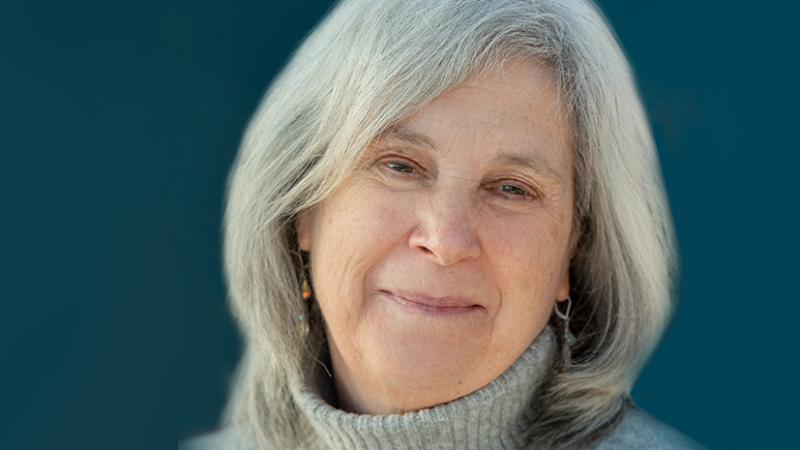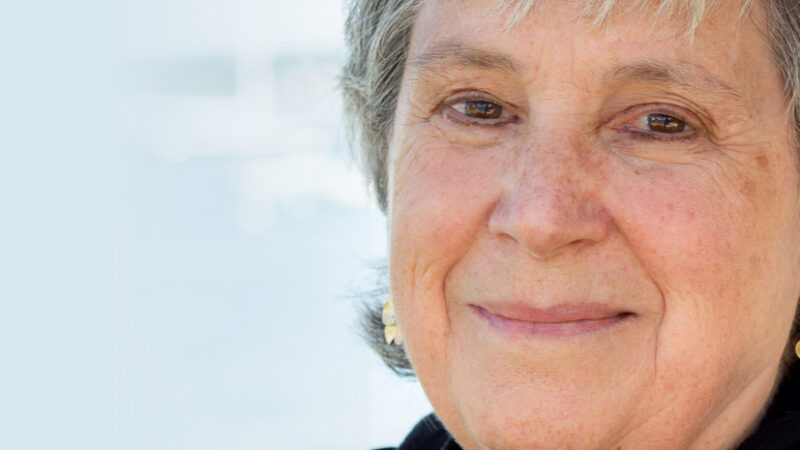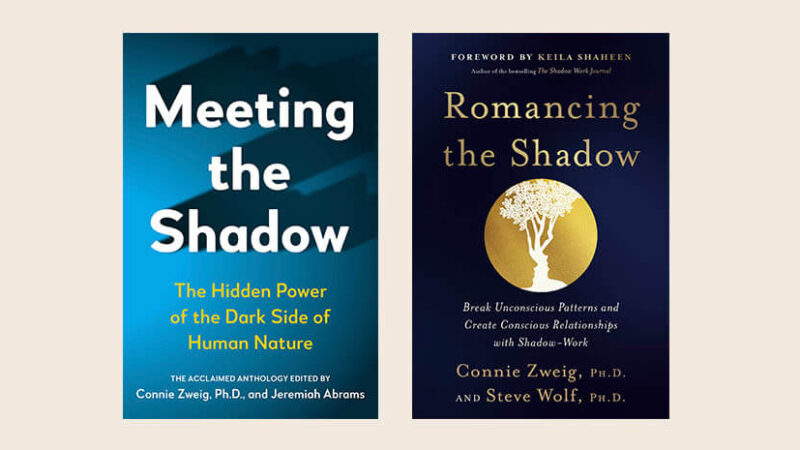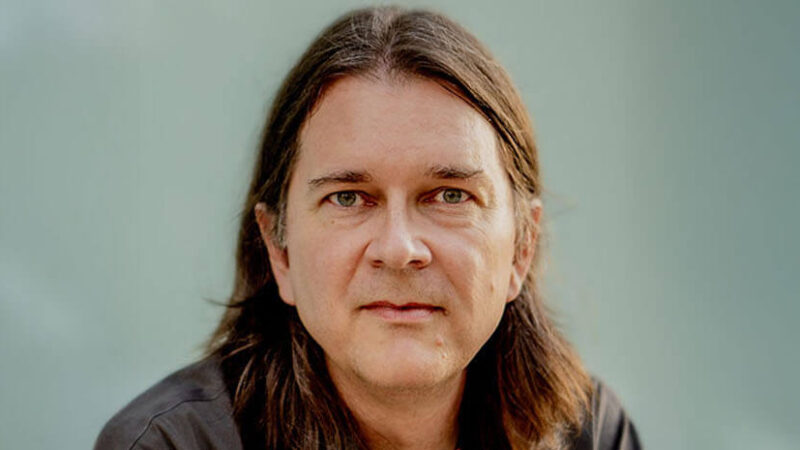Becoming an Active Operator of Your Nervous System
Deb Dana, LCSW, is a clinician and consultant specializing in using the lens of Polyvagal Theory to understand and resolve the impact of trauma and create ways of working that honor the role of the autonomic nervous system. Her clinical publications include The Polyvagal Theory in Therapy: Engaging the Rhythm of Regulation and The Polyvagal Flip Chart: Understanding the Science of Safety, and her Sounds True publications include the audio program, Befriending Your Nervous System: Looking Through the Lens of Polyvagal Theory, and her new book Anchored: How to Befriend Your Nervous System Using Polyvagal Theory.
In this podcast, Tami Simon converses with Deb Dana to offer listeners a practical understanding of Polyvagal Theory and how we can begin to decode the language of our body for better health and better relationships. Tami and Deb also discuss the dorsal, sympathetic, and ventral states of our nervous system; the gifts of becoming “anchored in ventral”; neuroception, your nervous system’s way of taking in information to assess your safety; curiosity and the capacity for self-reflection; the importance of self-care; co-regulation as a biological imperative; why self-regulation is especially critical for therapists and other helping professionals; music and nature as healing resources; the practice of self-compassion as a means of “getting our anchor back”; and more.





